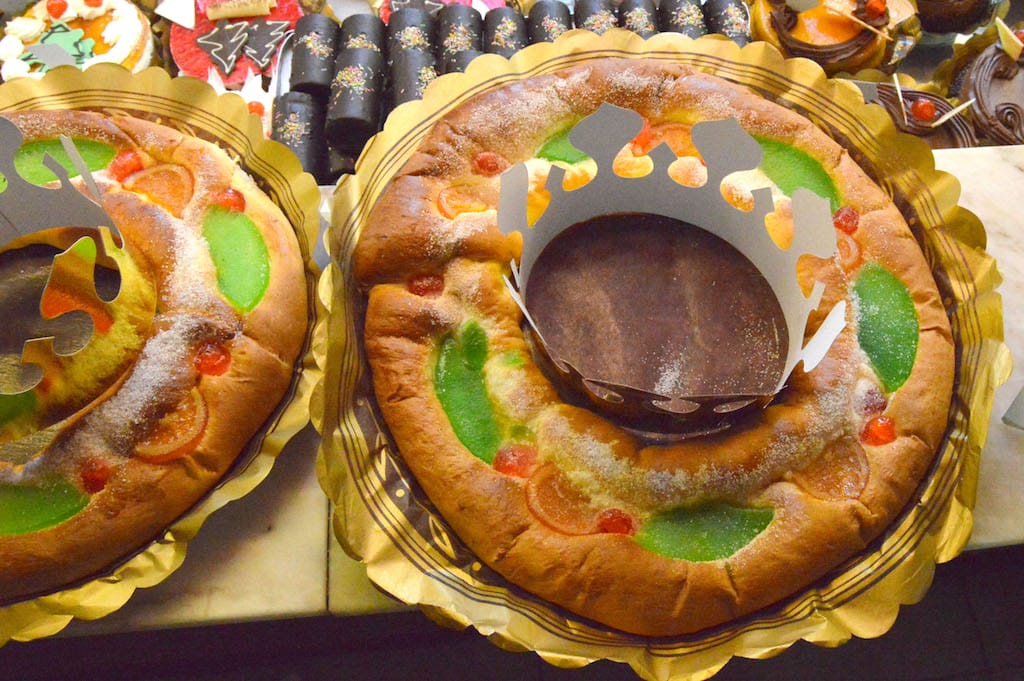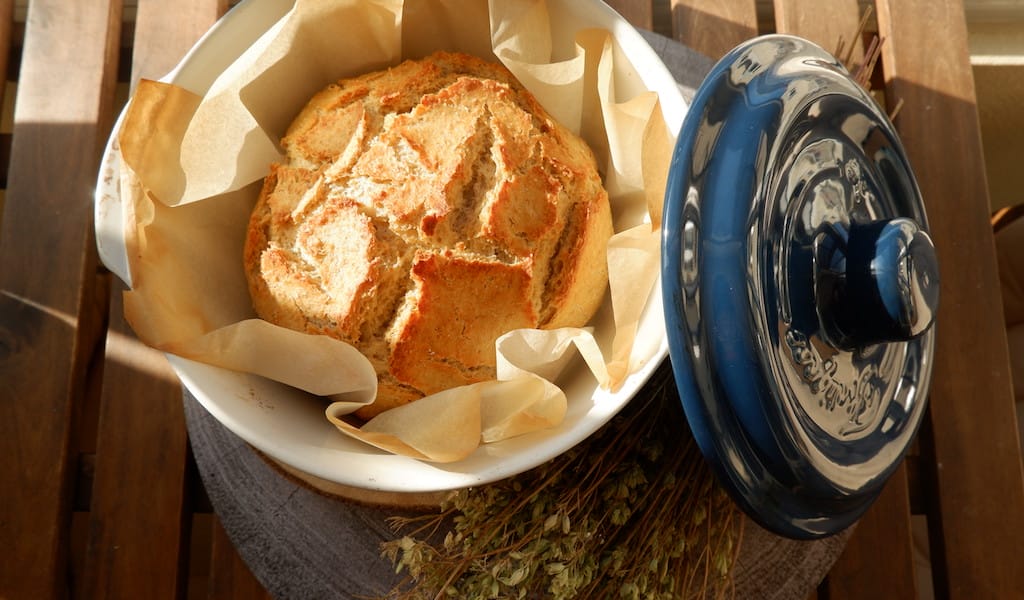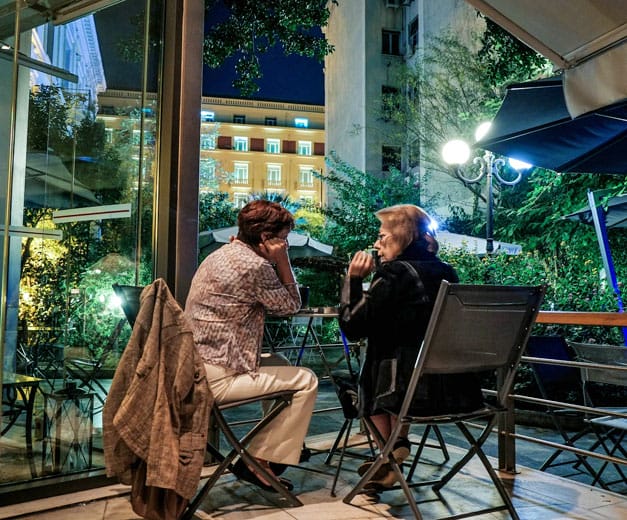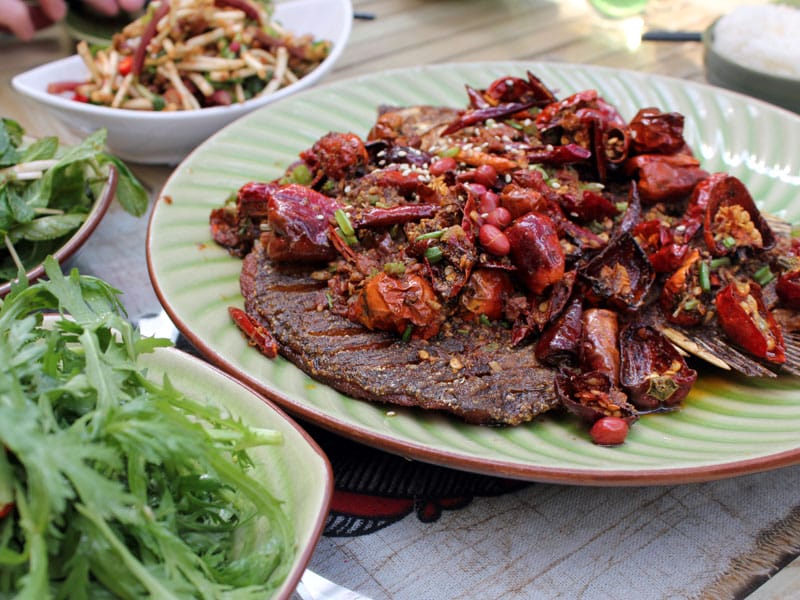Editor’s note: This is the second of our two-part series on kings’ cake. The first, on the version found in Mexico City, appeared yesterday.
Today is Día de Reyes (Kings’ Day), also known as Epiphany, and in Catalonia, as in many places with Catholic traditions, we celebrate the Magi’s visit to the baby Jesus with a tortell de reis (roscón de reyes in Spanish), or kings’ cake. Most people purchase the tortell at a bakery and eat it for dessert at the end of their family lunch on Dia de Reis, as it’s called in Catalan. The Gremi de Pastisseria de Barcelona, a Catalan association of professional bakers, estimates that the number of tortells sold in Catalonia in 2009 was 800,000, and that this year, the figure will reach 850,000.

The cake is made of brioche and shaped like a crown, filled with marzipan made from marcona almonds, wonderfully fragrant with orange-flower water and studded with jewel-like candied fruit – such as orange, cherries, melon or quince – as well as pine nuts and sugar. Hidden inside are a couple of surprises: whoever finds the dried fava bean pays for the cake (we tend to exempt recipients, especially children, from this obligation these days), and whoever finds the king figurine is declared king for the day and wears the gold paper crown that comes with the cake.
The tortell tradition is a very old one – even older than it might seem. In Spain and Catalonia, according to the 12th-century Costumari Català, by Joan Amades, and the 14th-century El Carnaval, by Pio Baroja, whoever found the bean in the roscón was declared “el Rey de la Fava,” the King of the Bean. This person – usually a child – could represent the family in the church that night. The tortell’s origins go back even further, however, to ancient Rome: for the Saturnalia, a celebration of the winter solstice dedicated to the god Saturn, cakes were made with dried figs, dates and honey and a dried bean hidden inside.
To find out how modern-day tortells are made in Barcelona, we visited the obrador, or workroom, of Pastisseria Mas in Guinardó. This bakery, opened in 1972, is run today by Oscar Hernandez and specializes in traditional Catalan sweets, such as tortells or panellets, but also makes treats with a more international flavor, like macarons and cupcakes. We like the 1970s feel of the place, the traditional style of the baked goods and the high quality of the ingredients in the tortells.
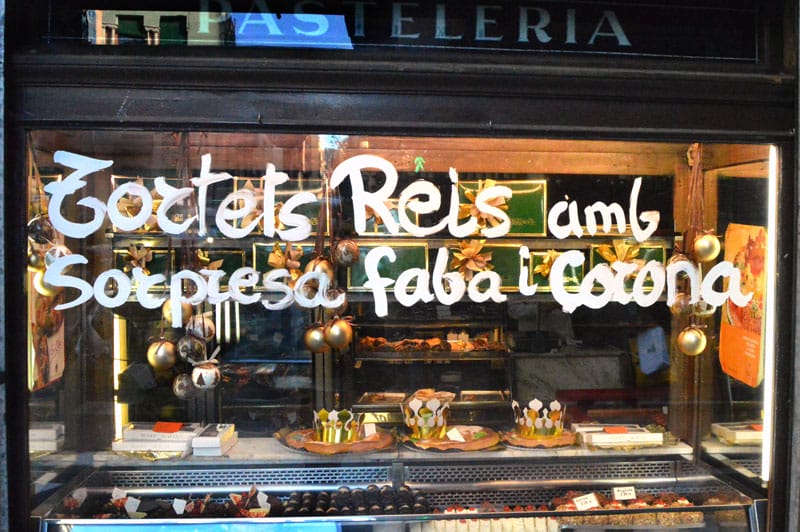
Pastisseria Montserrat, in Gràcia, established in 1870, is one of the oldest in Barcelona and has kept its beautiful original interior intact. This institution makes tortells in three different sizes, all carefully made from excellent ingredients. Its flavors are among the most traditional in the city.
This feature was originally published on January 6, 2014.
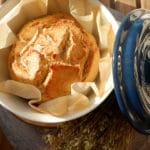 December 25, 2020 Essential Bites
December 25, 2020 Essential Bites
In the three months of confinement in Porto, I had to learn to live very differently. […] Posted in Porto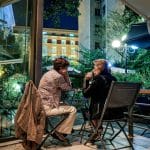 November 5, 2013 Green Scene
November 5, 2013 Green Scene
In terms of greenness, Athens doesn’t even come close to other European capitals with […] Posted in Athens April 2, 2013 Lotus Eatery
April 2, 2013 Lotus Eatery
Ever since former President Deng Xiaoping opened China’s economic doors to the rest of […] Posted in Shanghai
Published on January 06, 2015
Related stories
December 25, 2020
Porto | By Cláudia Brandão
PortoIn the three months of confinement in Porto, I had to learn to live very differently. The days stretched on, embedded with a fear of going out. Those of us whose jobs permitted it learned to work from home, to spend all our free time confined within four walls, to look at the sky – and…
November 5, 2013
AthensIn terms of greenness, Athens doesn’t even come close to other European capitals with their verdant parks and blossoming gardens. The truth is, modern urban development has not been particularly gentle with this city. Numerous concrete buildings, along with poor road design, hem in inhabitants and visitors with featureless views. Thankfully, there are some oases…
April 2, 2013
ShanghaiEver since former President Deng Xiaoping opened China’s economic doors to the rest of the world starting in 1979, foreigners wishing to do business in China have had to find a local partner to form a joint venture company. Though no longer a hard-and-fast requirement, that’s still the modus operandi at Lotus Eatery, where a…







































